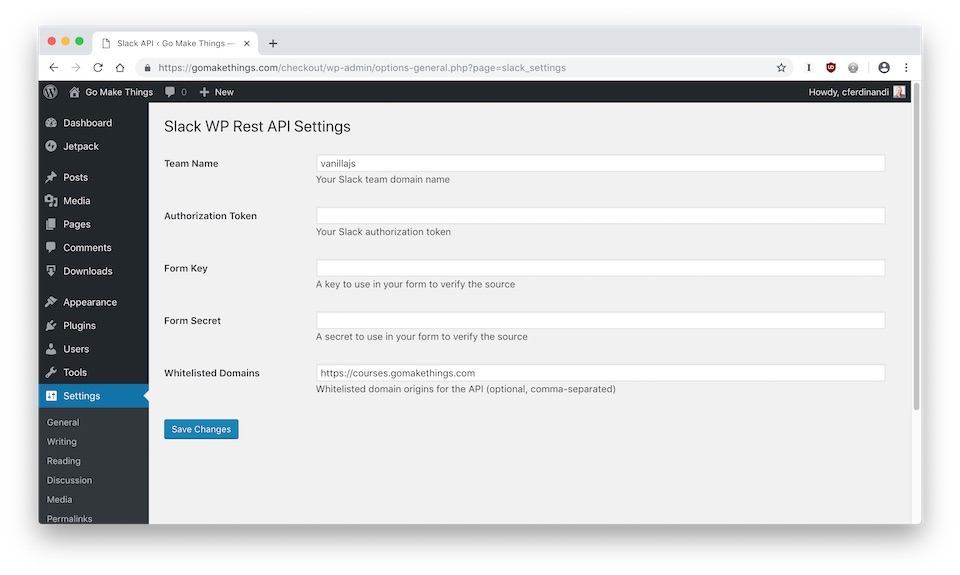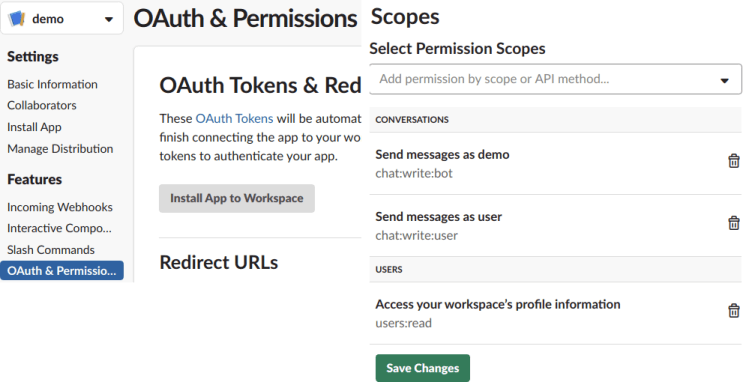


PATCH is not idempotent, meaning that multiple PATCHs could have unintended consequences. PATCH applies partial modifications to a resource on a web server based on your parameters.

If a PUT is successful, you will receive a 200 response message (usually 201 or 204).

The difference between a PUT and POST is that PUT is idempotent, meaning that the result of a single successful PUT is the same as many identical PUT’s. PUT requests include actions like uploading a file.
PUT sends data to a location in the web server based on your parameters. If a POST is successful, you will receive a 200 OK response message. Multiple POSTs may result in a different outcome than a single POST, so you should be cautious about unintentionally sending multiple POSTs. POST requests include actions like uploading a file. POST sends data to a web server based on your parameters. If successful, GET will receive a 200 OK response message with the requested content. GET requests a representation of the specified resource. GET retrieves data from a web server based on your parameters. Request Type (drop-down): one of five supported HTTP request methods (sometimes called verbs) in custom API calls:. NOTE: This action is unlike other Slack cards refer to the Slack API documentation. Make a custom, authenticated HTTP call to the Slack API. Status Code (number): success or failure of your action. Id: user’s unique alpha-numeric identifier. ID: user’s unique alplha-numeric identifierīased on your selections, one or more fields from the user profile will display in the output. User ID: unique identifier of the newly created user. Manager ID: unique identifier of the user’s manager. Cost Center: name of the cost center assigned with the user. Organization: name of user’s organization. Employee Number: user’s organization- or company-assigned unique identifier. Locale: user’s default location for purposes of localizing items like currency, date/time format, and numerical representations. Preferred Language: user’s preferred language. Role: user’s role in their organization. What I Do: informal profile description of the user’s role. Profile Photo URL: URL for the user’s profile photo. Profile URL: URL for the user’s profile. Password: text string value for the user’s password. Postal Code: zip or postal code of the user. Street Address: full street address of the user. Mobile Phone: user’s mobile phone number. Primary Phone: user’s primary phone number. Honorific Prefix: user’s honorific prefix or title. Display Name: name of the user, suitable for display to end users. Secondary Name: user’s secondary email address. Primary Email: user’s primary email address.








 0 kommentar(er)
0 kommentar(er)
